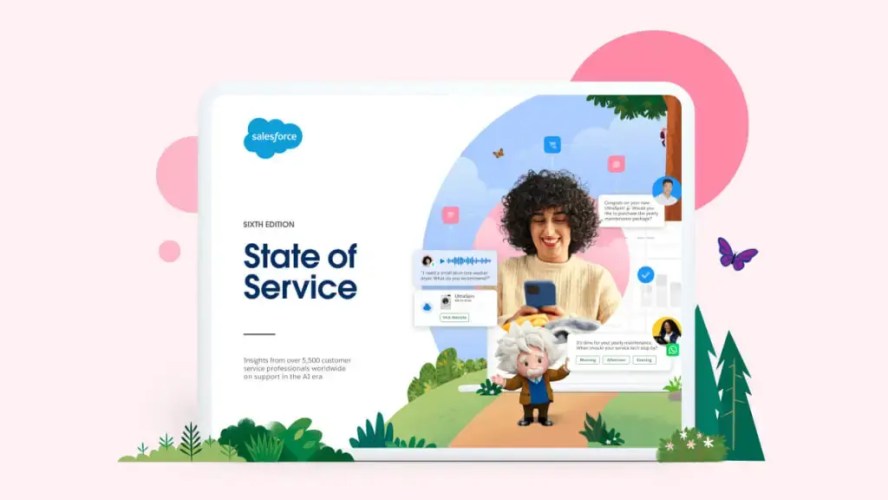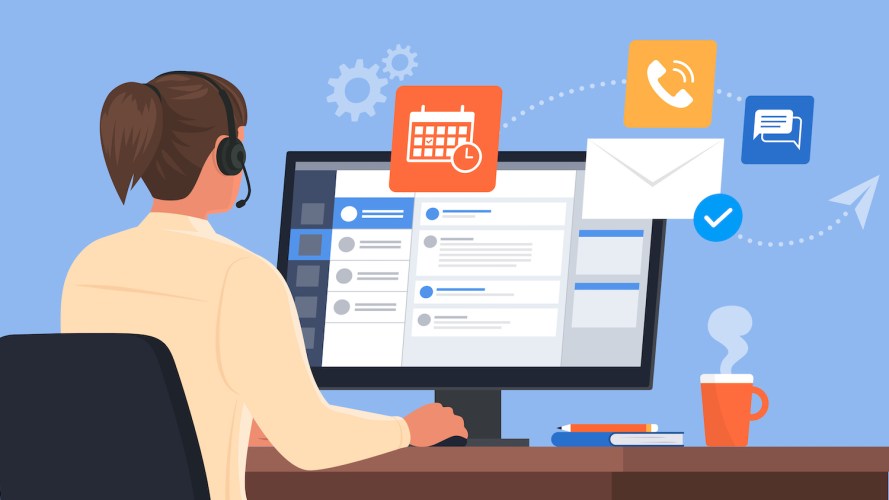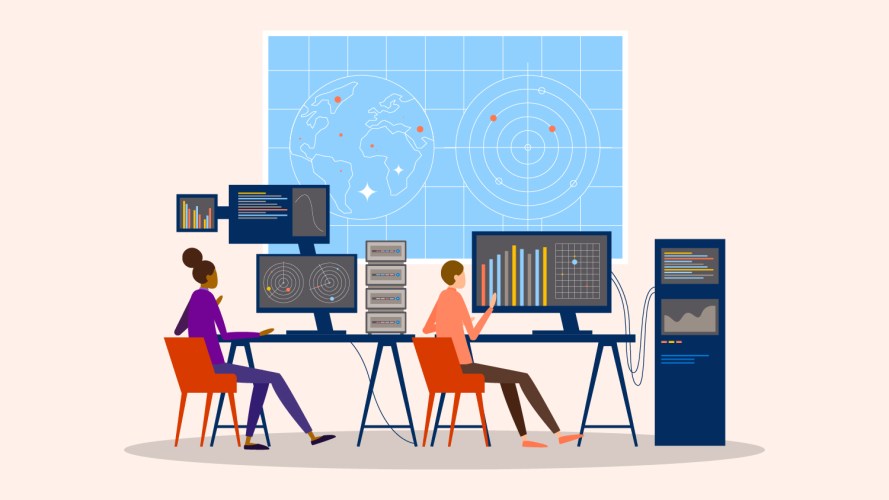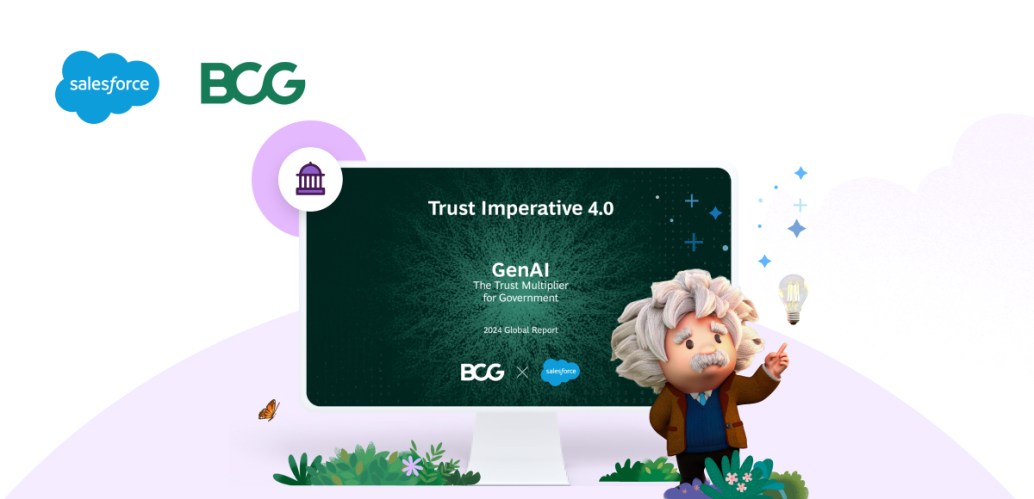The Cost of Not Using AI to Improve Government Services
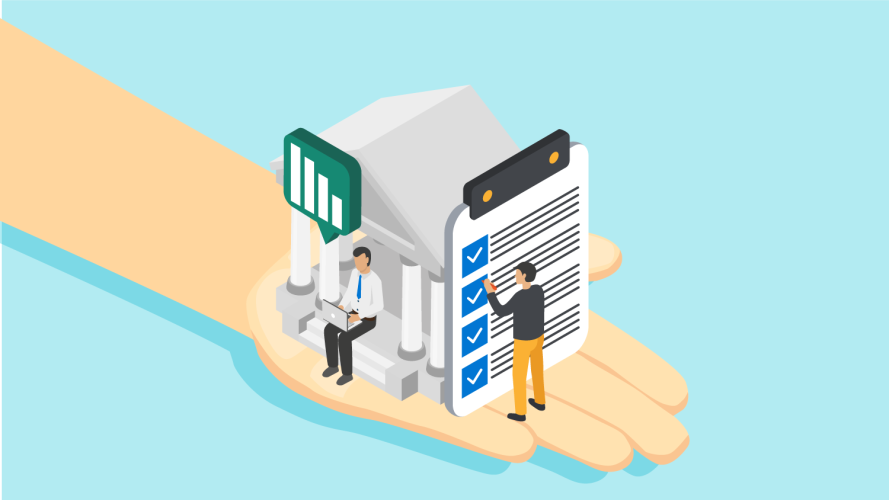
AI can bring in as much $1.2 trillion of value to governments. Agencies can take advantage of the opportunity cost by improving the government service experience for constituents.
As consumers, we’ve become accustomed to a certain level of access and services. Digital tools are making everything easier, from shopping, to paying bills, to filling out medical paperwork. But as constituents, government agencies aren’t keeping up with those expectations. In fact, our Connected Government report found that only 18 percent of respondents believe the customer experience is prioritized in their engagements with the government.
While this shift in expectations isn’t new, data shows that the cost of inaction is high. Not only does failing to meet these expectations lead to a loss of trust and satisfaction, but there is a tangible cost if you don’t address it.
For example, federal agencies have developed hundreds of apps to give constituents an easier way to find the information and resources they need. But since they’re difficult to navigate, only 5% actually use them. Many favor less efficient, but more familiar, channels, leading to higher call volume and unnecessary case backlogs.
This takes service agents away from focusing on more strategic mission-critical objectives. This also puts a strain on the employee experience, which can lead to low engagement, high attrition, and ultimately higher labor costs. An agency of 10,000 employees with an average salary of $50,000 who have low engagement can contribute to $66 million in annual costs.
The good news is that there’s a possible solution: artificial intelligence (AI). The value AI can potentially bring to government services is estimated to be $1.2 trillion. However, our State of Service report found that only 39% of agencies are actively evaluating how AI can be incorporated into their operations. Ignoring AI leads to many missed opportunities and higher costs in the long run.
Among its many benefits, AI can help agencies operate more efficiently by automating tasks, analyzing data, and helping constituents help themselves. In turn, that efficiency can help you and your teams dedicate more time and energy toward your constituents and the mission.
Three ways government services can extract value from AI
1. Allow government service agents to focus more time on serving their constituents
Nearly 74% of respondents note that building personal relationships with customers is an important part of their jobs. Yet service agents often grapple with ineffective processes and use legacy tools that involve multiple steps, which prevents them from working efficiently.
Agents spend more than half of their time (55%) each week not working with customers. Instead, they spend 36% of their time manually entering case notes and working on administrative tasks. The processes and tools they use to do their jobs are not designed to support the speed and personalized interactions people expect of them.
AI presents a solution by automating repetitive, non-customer-facing tasks. This empowers agents to concentrate on relationship-building and delivering personalized assistance. By removing the potential for human error in repetitive tasks, AI ensures a level of precision and consistency in service delivery.
With more time to focus on relationship-building, your agents can create a more positive and engaging constituent experience. This can lead to improved public trust and satisfaction.
2. Offer self-service capabilities
AI-powered self-service features equip constituents to engage with government services independently, without human involvement. This can save time and resources for both constituents and government entities. Self-service portals can offer 24/7 access to a broad spectrum of services, from bill payments to license renewals and appointment scheduling.
Self-service accounts for approximately 45% of cases solved and 61% of customers would rather use self-service for simple issues. The potential to deflect nearly half of constituent interactions away from service agents while still resolving inquiries is a major benefit of AI. But while a majority of respondents currently have or are piloting self-service technologies, 30% do not use them at all.
Empowering constituents to take control of their accounts and personal data through self-service portals not only offers convenience but also enhances accuracy and reduces the potential for human error. For example, automated systems can cross-verify submitted information and highlight any potential mistakes or discrepancies.
By incorporating AI, government agencies can further develop their self-service offerings, providing constituents with a more streamlined and efficient way of accessing government services.
3. Start with mature predictive AI technologies
While recent advancements in generative AI have captured the public’s attention, you shouldn’t overlook the potential of predictive AI in optimizing government services. Predictive AI offers substantial benefits in increasing efficiency and productivity for public sector agencies. You can harness its ability to analyze data, identify patterns, and make accurate predictions to enhance various workflows and processes.
One way to use predictive AI is to deploy chatbots. These virtual assistants can handle routine inquiries, freeing human agents to focus on more complex tasks that require critical thinking and emotional intelligence. Automating these interactions can help you improve customer service and optimize resource allocation.
Predictive AI can also help with predictive scoring, which can involve assessing and categorizing individuals or entities based on specific criteria. This provides value in assessing risk, detecting fraud, and determining eligibility.
AI can also improve the way you process and manage documents. This not only saves time and reduces manual labor but also ensures accuracy and consistency in data entry. You can easily store, search, and analyze the stored data, allowing personnel to work faster and more efficiently.
By simplifying processes and automating repetitive tasks, AI equips your agency to offer government services with greater efficiency. When AI manages routine operations, your team can focus more of their time on mission outcomes and serving constituents. This not only boosts job satisfaction but also enhances the quality of services delivered to constituents and allows you to allocate resources to where they will have the most impact.
Learn more about how AI can help you improve the way your agency delivers services in this guided tour.



